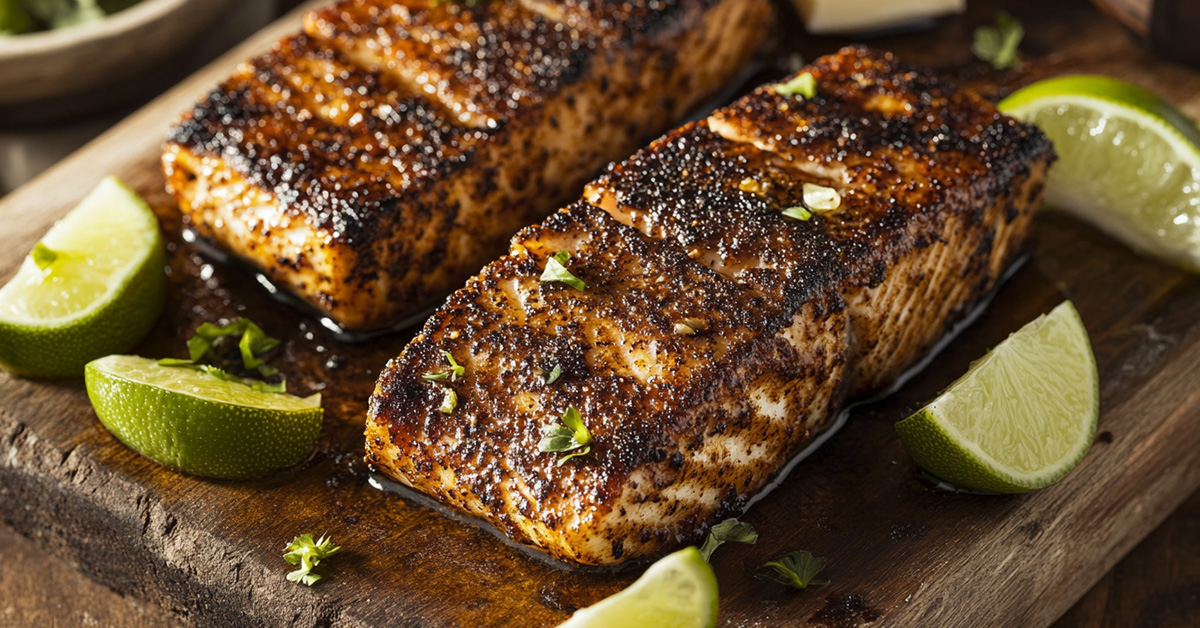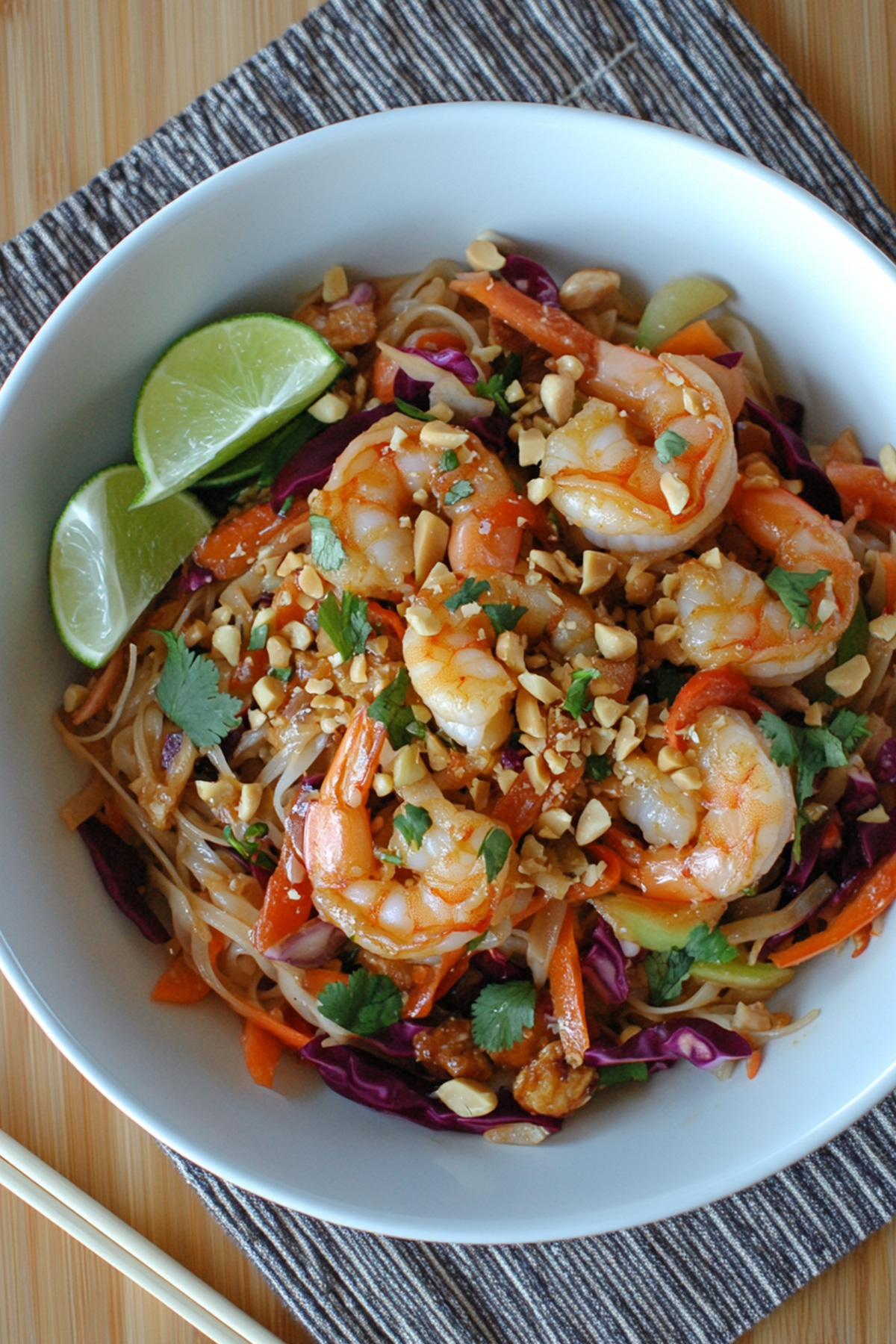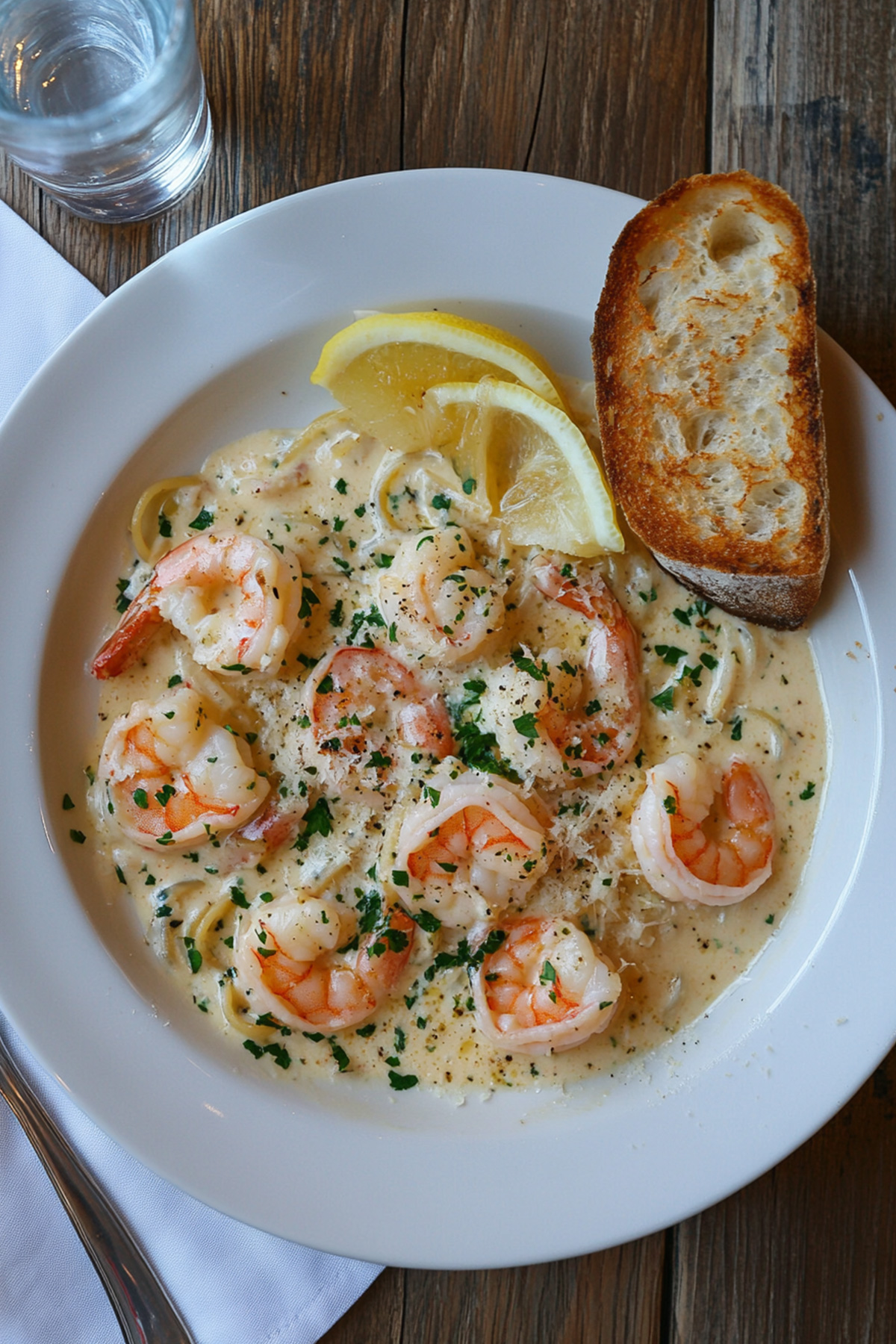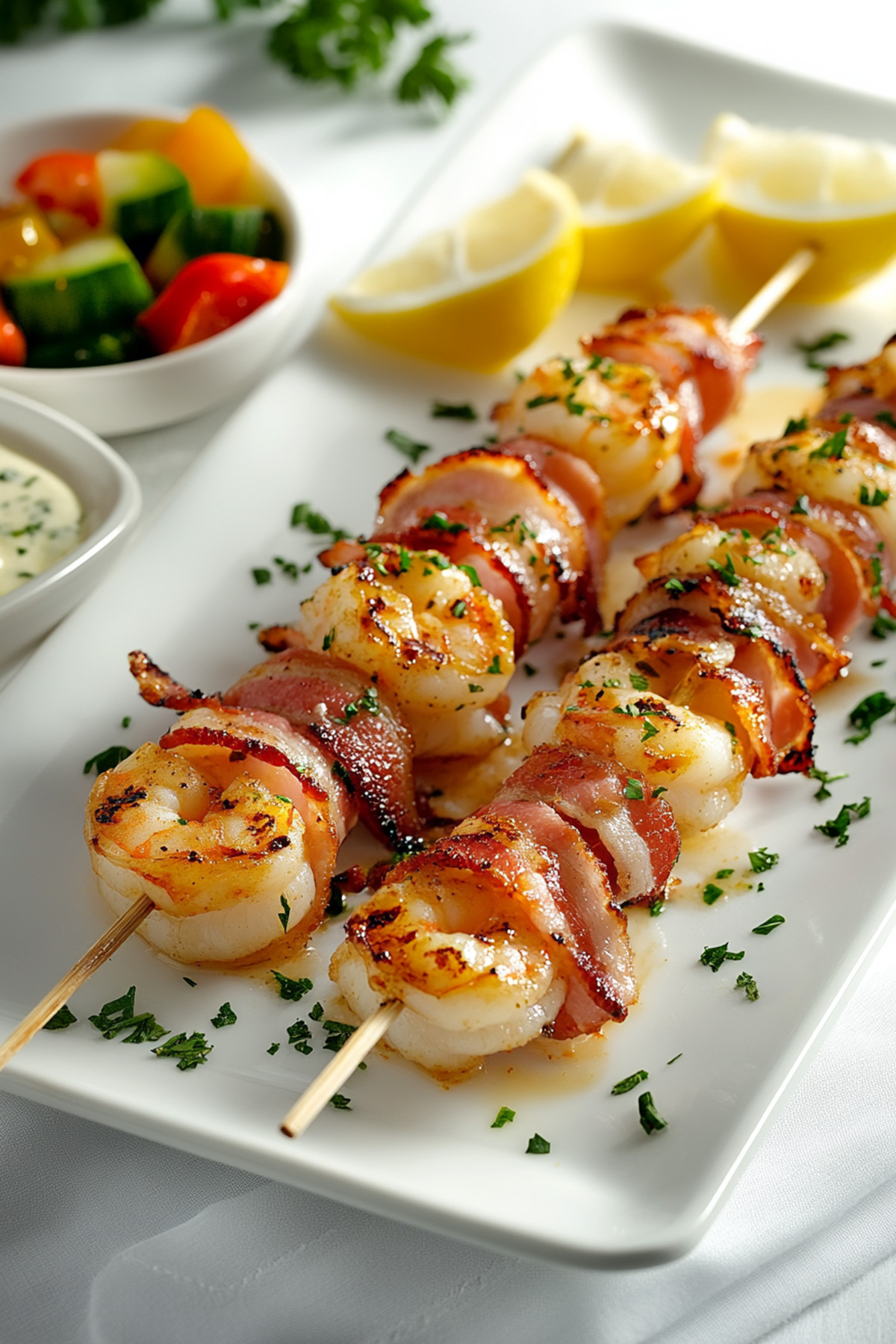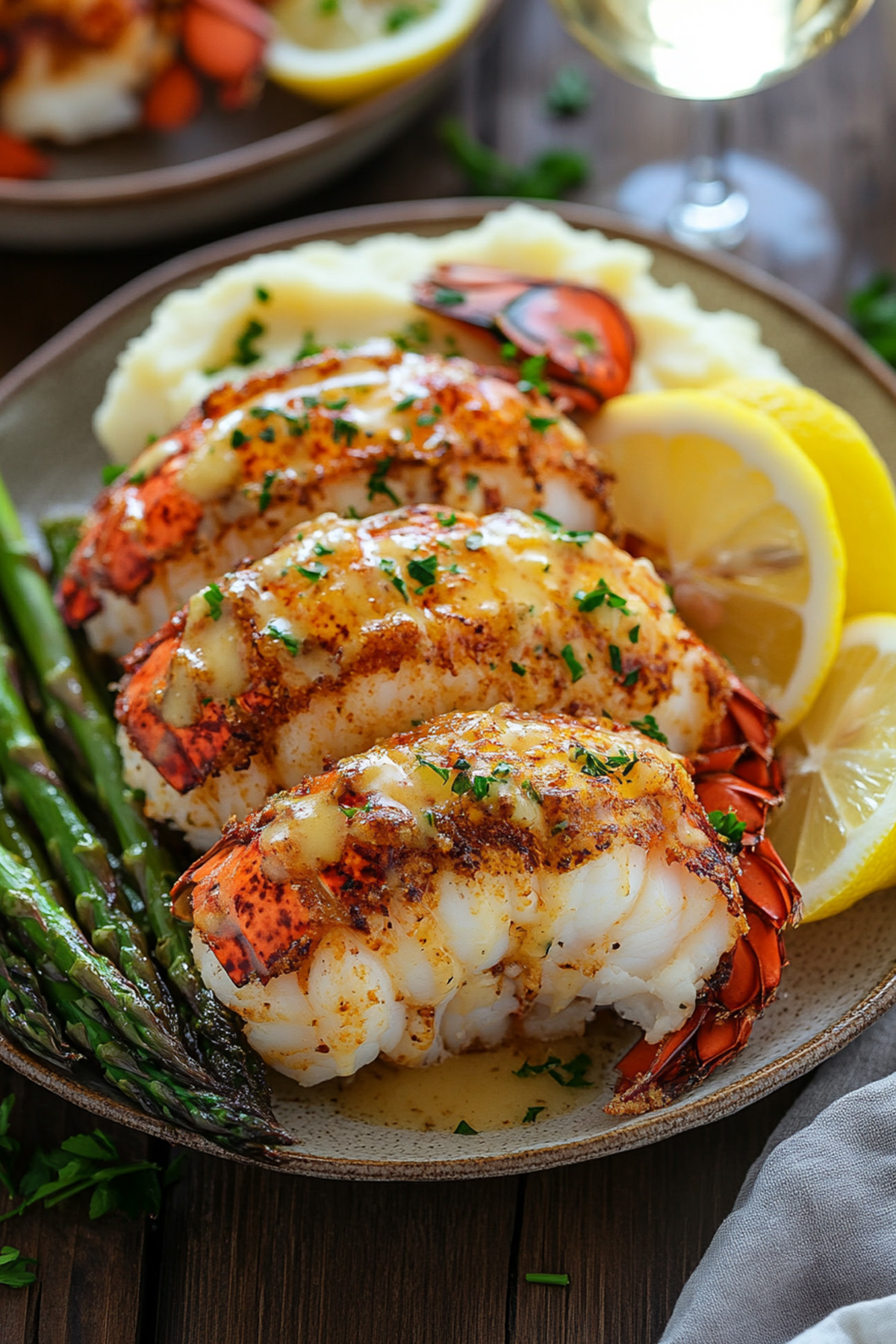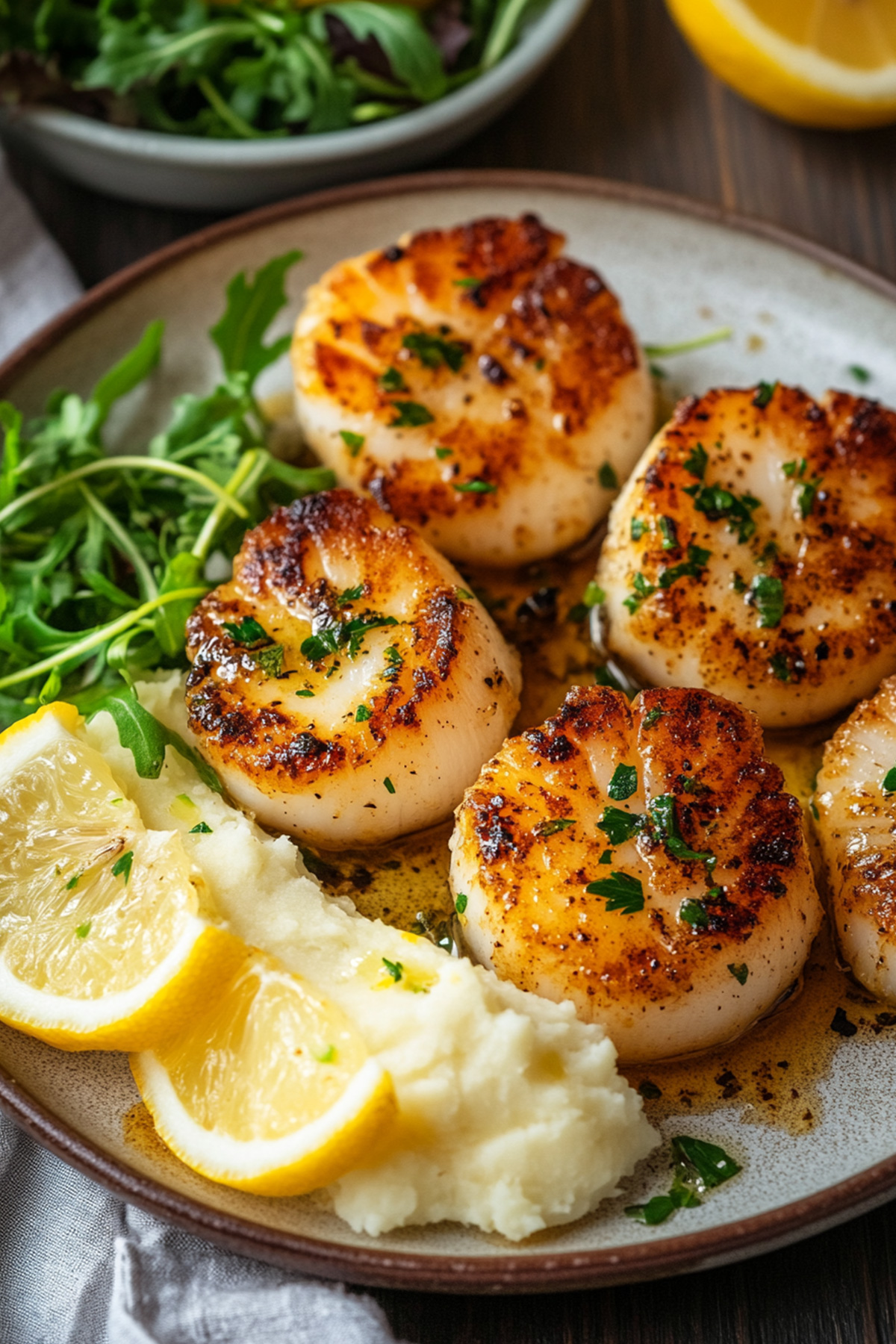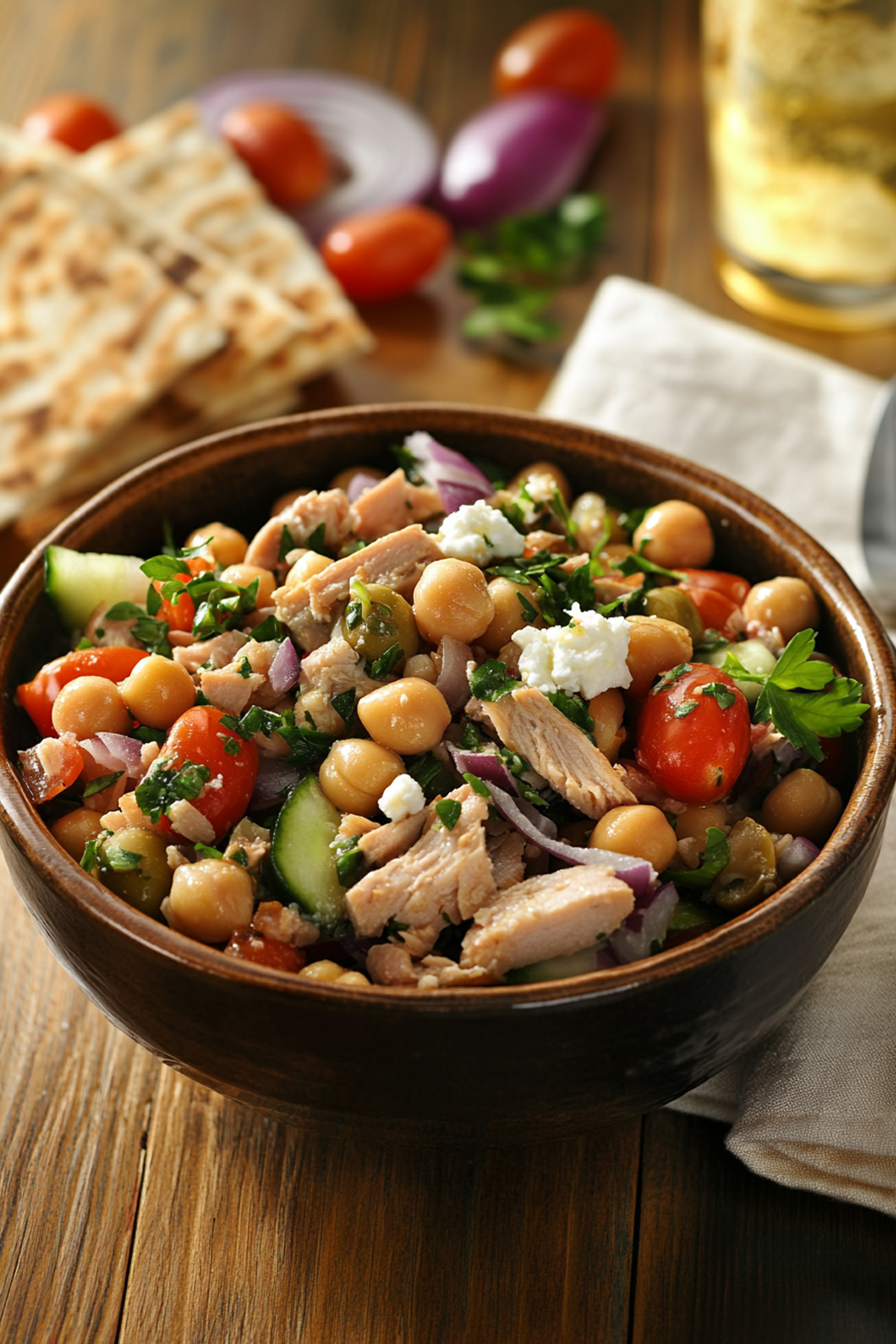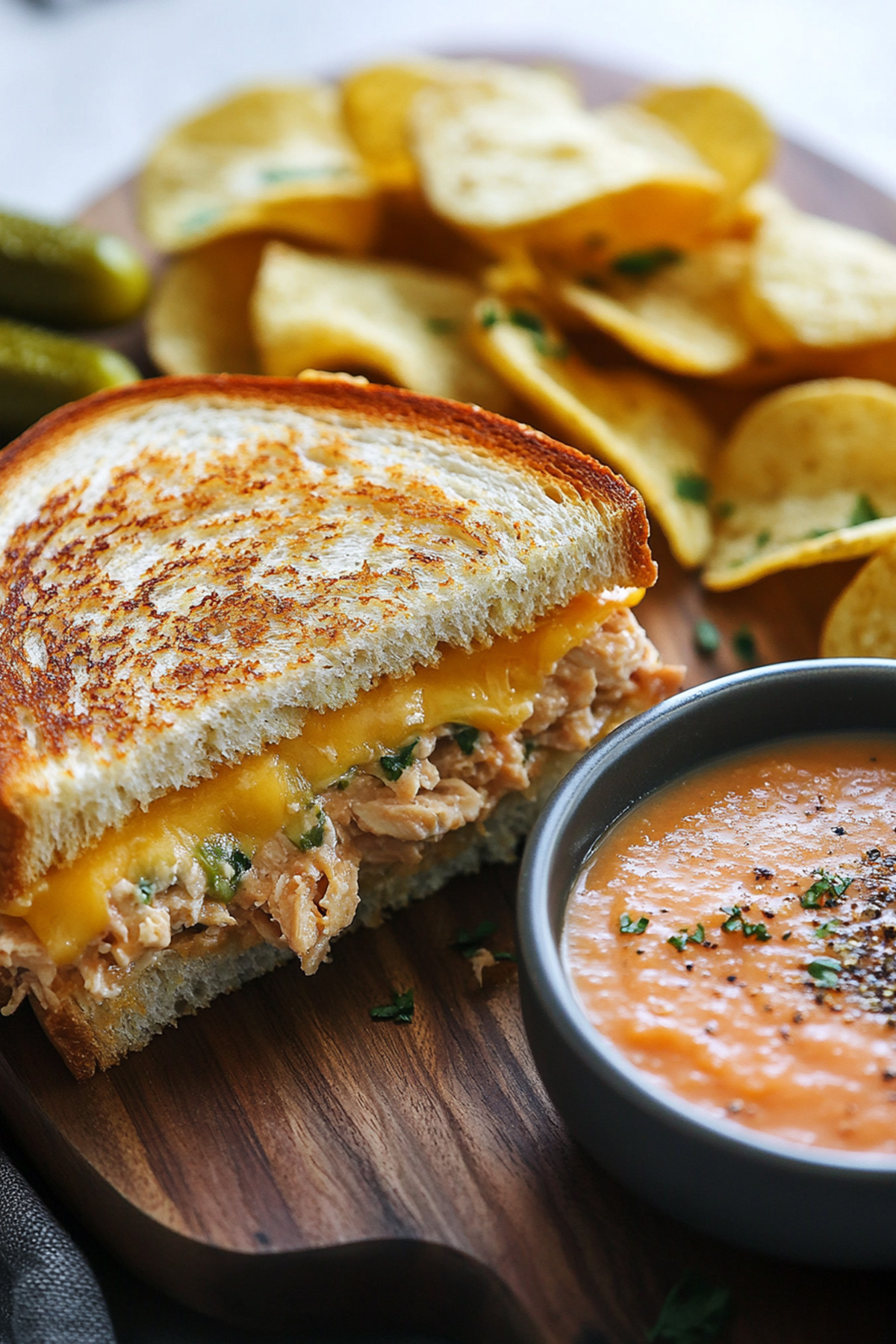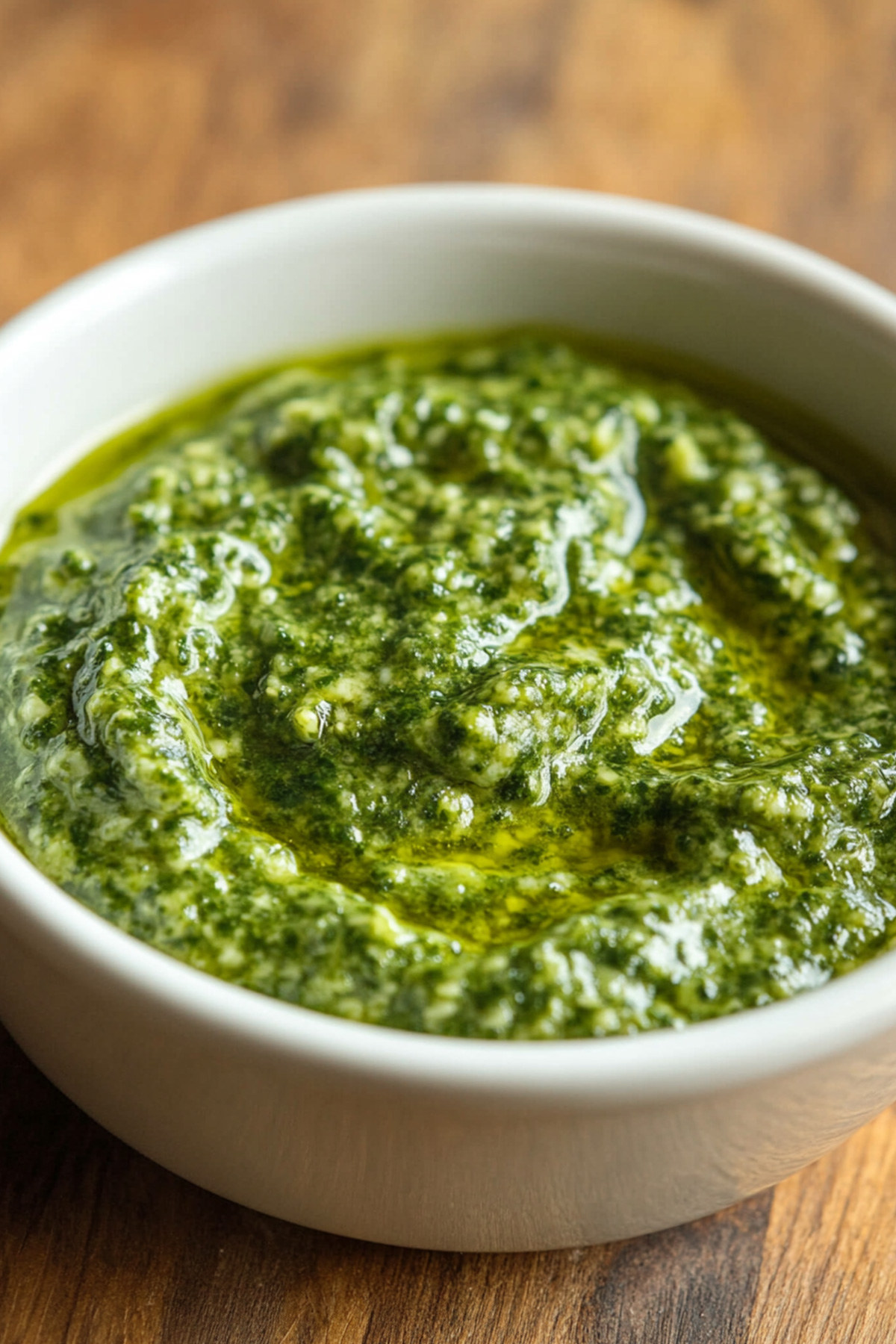Disclosure: As an Amazon Associate and participant in other affiliate programs, we earn from qualifying purchases. We only recommend products we believe will provide value to our readers.
Restaurant-quality blackened mahi mahi takes just 15 minutes to prepare in your kitchen. Bold Cajun seasonings combined with perfectly seared fish create an impressive dish that requires no professional training. Your guests will think you spent hours preparing this classic seafood dish.
The guide walks you through each step to achieve perfect blackened mahi consistently. You’ll learn everything in authentic blackened mahi’s spice blend and the ideal cooking temperature. Professional tips make this mahi recipe foolproof. The knowledge to select fresh fish and create that signature crispy crust will help you prepare this dish successfully.
Table of Contents
What is Blackened Mahi Mahi?
The combination of “blackened mahi mahi” brings together two amazing culinary worlds: a traditional Cajun cooking technique and a delicious Hawaiian fish. Blackening goes beyond just cooking fish until it darkens. Chef Paul Prudhomme created this technique that produces an incredibly flavorful crust on your fish.
Mahi mahi (also known as “dolphin fish”) serves as the perfect canvas to blacken because of its mild flavor and firm, tender texture. This versatile fish becomes a smoky, savory masterpiece with a special blend of spices:
- Paprika and cayenne to add heat
- Thyme and oregano to provide herbal notes
- Garlic and onion powder to create depth
- Black pepper and salt to season
The real magic happens as your seasoned fish hits a screaming hot cast-iron skillet. Your fish develops a distinctive brown-black crust from browned butter and charred spices, yet stays moist and tender inside. You’ll feel like a professional chef with this perfectly balanced dish that combines a bold, spicy exterior with a sweet, mild interior.
The blackened mahi mahi’s unique appeal comes from its spicy, smoky crust that enhances the fish’s natural sweetness. Each bite offers an exciting contrast – a punchy Cajun-spiced exterior with a delicate, flaky interior.
Why You’ll Love This Blackened Mahi Mahi Recipe
You’ll absolutely love this blackened mahi mahi recipe that will soon become your favorite weeknight dinner! This recipe hits all the right notes, regardless of your cooking expertise.
Let me share why this blackened mahi recipe deserves a spot in your regular rotation:
- Quick and Effortless: You’ll have it ready in 15 minutes
- Budget-Friendly: You get restaurant-quality food at home for less
- Incredibly Versatile: It works great with any side dish
- Health-Conscious: The protein-packed, low-calorie option you need
- Impressive Results: Your dinner guests will ask for seconds
This blackened mahi’s charm comes from its balanced flavors. The dish turns out bold but not overwhelming, and sophisticated yet simple. A perfectly seasoned crust locks in the fish’s moisture and ensures tender, flavorful bites.
This recipe works great for meal prep. The blackened mahi mahi keeps its delicious taste even after storage. Busy professionals can enjoy quality meals without spending too much time in the kitchen. The versatility allows you to transform it into power bowls or fish tacos throughout the week.
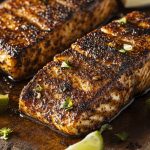
Blackened Mahi Mahi Recipe
- Total Time: 20 minutes
Description
This blackened mahi mahi recipe features a flavorful spice blend of smoked paprika, garlic powder, onion powder, brown sugar, cayenne, salt, pepper, dried herbs, and spices. The fish is coated in the seasoning blend and pan-seared or broiled until a crispy, blackened crust forms on the exterior while the interior remains tender and flaky. The dish is finished with a squeeze of fresh lime juice.
Ingredients
- Fresh or frozen mahi mahi filets
- Blackening Spice Mix:
- Smoked paprika
- Garlic powder
- Onion powder
- Brown or coconut sugar
- Cayenne pepper
- Salt and black pepper
- Dried basil
- Dried oregano
- Dried parsley
- Avocado oil or olive oil
- Unsalted butter
- Lime wedges to serve
Instructions
- Prep the Fish: Your mahi mahi filets need to be completely dry. Use paper towels to pat them down. This will give a better grip for the seasoning.
- Season: The spices should be mixed in a shallow dish. The fish needs a light coating of oil before you press each side into your seasoning mixture until coated thoroughly.
- Heat: The cooking method varies. A cast-iron skillet needs medium-high heat with melted butter for stovetop cooking. The broiler should be preheated if you choose that method.
- Cook: The stovetop method requires 4-5 minutes on each side until the fish flakes. Broiler cooking takes about 10 minutes total.
- Check: Your fish should reach 145°F inside. A quick test with a fork should show it flaking easily.
- Serve: A brief rest helps the fish settle. Fresh lime wedges make a perfect finishing touch.
Notes
Pro tip: Keep the fish still while it cooks. This helps create that delicious blackened crust you’re looking for!
- Prep Time: 10 minutes
- Cook Time: 10 minutes
- Category: Seafood
- Method: Broiling
- Cuisine: American
The Secret to Perfectly Blackened Fish
The perfect blackened crust on your fish comes from understanding the delicate dance between heat, seasoning, and timing. These secrets will help raise your blackened mahi from good to extraordinary.
The importance of seasoning: Key spices in blackening
Blackening begins with the right spice blend. Many variations exist, but the classic combination has:
- Paprika that adds color and smoky depth
- Garlic and onion powder that create savory notes
- Thyme and oregano that build herbal complexity
- Cayenne and black pepper that bring heat
Achieving the ideal sear for crispy, flavorful crust
Temperature control is significant to create that perfect blackened crust. The pan’s temperature should reach screaming hot levels before starting. A simple test shows readiness – butter will instantly sizzle and smoke. This intense heat combines charred spices with browned milk solids from butter to create that distinctive brown-black color.
Balancing heat and spices without overpowering the fish
Success lies in discovering the perfect balance between bold flavors and your mahi mahi’s natural taste. Your first step should be to pat the fish completely dry because moisture prevents a good crust from forming. You want to coat the fish generously with seasoning and press the spices in gently. Note that light sprinkling won’t suffice here. The fish can be made milder by reducing cayenne pepper, or you can create a “bronzed” version by skipping it altogether.
Pro tip: Let the fish do its thing – don’t give in to the temptation of moving it around in the pan. This patience allows proper crust development and keeps the fish from sticking.
Choosing the Best Mahi Mahi for Blackening
Picking the right mahi mahi plays a significant role in your blackened mahi recipe success. The right selection at your local fish market or grocery store will make all the difference.
Fresh mahi mahi should have a beautiful pale pink to grayish-white color. Quality fish shows these key features:
- Firm, springy flesh that bounces back when touched
- Fresh, clean ocean scent (avoid any fishy smell)
- No discoloration or dark spots
- Moist but not slimy texture
Frozen mahi mahi works perfectly for blackening if fresh isn’t available. The fish should be vacuum-sealed with a valid printed date. Your frozen mahi should thaw overnight in the refrigerator, or you can place it in cold water for 1-2 hours to get best results.
U.S. wild-caught mahi mahi represents a great eco-friendly choice that follows strict regulations. This lean fish packs impressive nutritional benefits with protein, vitamin B12, phosphorus, and selenium. The fish’s flavor becomes milder when you trim away the darker portions of meat near the bloodline.
Pro tip: Pat your mahi completely dry before applying blackening seasoning, regardless of fresh or frozen choice. This step will give a proper spice adhesion and help you achieve that perfect crust.
Essential Tools and Equipment for Blackening Mahi Mahi
Your blackened mahi mahi recipe success depends heavily on using the right tools. The kitchen setup needs specific equipment to help you nail this dish perfectly.
A cast-iron skillet (12-inch or 10-inch) stands as the champion in blackening techniques. You’ll get that perfect crust thanks to its heat retention and distribution capabilities. New cooks might find a high-quality non-stick pan more manageable as they start their blackening journey.
Here’s your essential toolkit for perfect blackened mahi:
- Cast-iron or carbon steel skillet
- Heavy-duty spatula for flipping
- Paper towels for patting fish dry
- Small bowl for spice mixing
- Instant-read thermometer
- Tongs for handling fish
A carbon steel pan takes your cooking to professional heights with its exceptional heat control and natural non-stick properties. Two pans might come in handy when cooking for larger groups to avoid overcrowding.
Pro tip: Your pan’s seasoning and proper preheating will prevent sticking and create that signature blackened crust needed in your mahi recipe.
Your technique matters more than fancy equipment. Simple tools can produce restaurant-worthy blackened mahi when you master proper cooking methods and timing.
Tips for Preparing Mahi Mahi Before Cooking
The right prep work is the foundation of a successful blackened mahi recipe. These prep steps will help you nail the dish perfectly.
Your mahi mahi needs proper thawing first. You can place frozen filets in the refrigerator overnight. The quickest way is to submerge the sealed fish in cold water for 1-2 hours.
Here’s what you need to do with your fish:
- Remove excess moisture: Pat the filets dry with paper towels. This helps you get that perfect blackened crust.
- Check for consistency: Your filets should be about 1-inch thick to cook evenly. Just press thicker parts gently to make them uniform.
- Season properly: Add oil to the fish before seasonings, then press the spices firmly into all sides.
- Temperature prep: The seasoned fish needs 5-10 minutes at room temperature while your pan heats up.
Pro tip: Good ventilation makes a big difference. The blackening creates smoke, so your kitchen fan should be on or windows open before you start.
Your mahi needs gentle handling throughout the prep. A delicate touch leads to better blackened mahi. Keep your workspace tidy with tools and seasonings close by before you start cooking.
The Blackening Technique: Step-by-Step Guide
Want to become skilled at blackening? Here’s the exact technique that will change your mahi mahi into a perfectly blackened masterpiece. This approach will give a restaurant-quality result every time.
Step 1: Heat Your Pan Your cast-iron skillet should heat over medium-high heat until it’s screaming hot. A drop of water that instantly evaporates with a sizzle indicates the right temperature.
Step 2: Prepare for Cooking
- Open windows and turn on ventilation fans
- Keep your seasoned fish nearby
- Place butter and oil within reach
Step 3: The Blackening Process
- Add butter to the hot pan until it browns (but not smoke)
- Place your seasoned mahi in the pan carefully
- Let it cook for 2-3 minutes without moving
- A dark crust on the bottom means it’s time to flip
- Cook for another 2-3 minutes on the second side
Pro tip: The pan shouldn’t be crowded – use batches to keep the right temperature.
The fish reaches perfection at 130°F internal temperature and should flake easily. You’ll see a beautiful brown-black crust outside while the inside stays moist and tender.
Note that smoke is a normal part of blackening! Your blackened mahi recipe might take some practice, but you’ll soon develop the perfect timing and temperature instincts.
How to Avoid Common Mistakes When Making Blackened Mahi Mahi
Making blackened mahi mahi recipe can be tricky. Let me show you the common pitfalls that might affect your dish. These tips will give you the knowledge to make a perfect meal every time.
Here are the key mistakes to avoid:
- Over-marinating your fish (stick to under 1 hour)
- Using too much seasoning (it should improve, not overpower)
- Starting with wet fish (pat dry before cooking)
- Cooking in a pan that’s not hot enough
- Moving the fish too much while cooking
Temperature control is vital to your blackened mahi success. The pan needs to be hot enough that butter melts right away, but not so hot it burns instantly. Pro tip: You’ve hit the sweet spot when your cast iron starts smoking before you add the fish.
Most filets need about 2 minutes per side. You want to create a crispy, well-seasoned crust without burning the exterior. Chef Paul Prudhomme said it best: “There’s a big difference between blackened and burned.”
The blackening process creates smoke, so make sure your kitchen has good airflow.
Pro tip: Clean your skillet between batches so burnt spices don’t affect the next piece.
Serving Suggestions for Blackened Mahi Mahi
Make your blackened mahi mahi a complete meal with these perfect pairings. A delicious balance between the fish’s spicy crust and complementary side dishes will boost your dining experience without overwhelming the flavors.
Your perfect plate can include these essential categories:
- Light & Fresh: Mango salsa, caprese salad, or quinoa with cucumber
- Starchy Sides: Roasted sweet potatoes, garlic parmesan potatoes, or Cajun rice
- Vegetables: Charred green beans, roasted Brussels sprouts, or garlic parmesan asparagus
- Bread Options: Cornbread muffins, garlic bread, or hushpuppies
Create a restaurant-quality presentation by serving your blackened mahi on roasted cauliflower rice topped with vibrant mango-avocado salsa. Pro tip: Your fish needs to rest anyway, so this is the perfect time to prepare the salsa.
A fresh Caesar salad or tomato mozzarella combination works perfectly as a light accompaniment to your spicy fish. Hungry diners will appreciate the mahi paired with creamy mashed sweet potatoes and a touch of light sour cream and salt.
Turn leftovers into exciting new meals by using the flaked fish in tacos or creating a low-carb bowl with roasted vegetables. Note that mahi mahi’s mild, sweet flavor pairs beautifully with both bold and subtle accompaniments.
Variations on the Classic Blackened Mahi Mahi Recipe
Want to add your personal touch to the classic blackened mahi mahi recipe? This versatile dish lets you get creative! You can adjust the heat level to match your priorities – add more cayenne for extra kick or reduce it for a milder taste.
The cooking method is up to you. A cast-iron skillet gives you that perfect blackened crust, and your grill adds amazing smoky flavors. Here’s a tip: The skin protects the delicate meat when you grill, so you might want to leave it on.
Can’t get your hands on mahi mahi? This blackening technique works great with other mild white fish:
- Cod for a flaky, tender result
- Halibut for a meaty texture
- Tilapia for a budget-friendly alternative
The seasoning blend adapts easily to your taste. You can try pre-mixed blackening seasonings or create your own special mix by adjusting the spice ratios. A Cajun twist needs more heat and extra garlic powder. A milder version just needs less cayenne to let those herbs take center stage.
Note that the secret lies in balancing bold exterior flavors with the fish’s natural sweetness. Your blackened mahi recipe should reflect your unique style!
Nutritional Benefits of Blackened Mahi Mahi
A plate of blackened mahi mahi delivers more than just amazing flavor – it provides your body with an impressive boost of nutrients that enhance your health and wellness.
This lean fish packs a remarkable protein punch. A 6-ounce serving contains 31.5 grams of protein with only 1.2 grams of fat. Your blackened mahi recipe serves as an ideal choice to build and maintain strong muscles.
The nutritional profile of mahi mahi stands out remarkably:
- Heart-healthy Omega-3 fatty acids
- Selenium-rich antioxidant properties
- B-vitamins abundance (B3, B5, B6, and B12)
- Low mercury levels naturally
- Potassium-rich for blood pressure regulation
Your blackened mahi contains B-vitamins that benefit your body significantly. B3 maintains skin health and enhances brain function, while B6 plays a crucial role in cell communication and nerve health. The selenium content strengthens your immune system and fights inflammation – a single serving provides more than 100% of your daily requirements.
This remarkable fish combines lean protein with cardiovascular benefits effectively. Its Omega-3 fatty acids reduce inflammation and support heart health, which makes your blackened mahi mahi recipe a smart and delicious choice.
Storing and Reheating Leftovers
Your delicious blackened mahi leftovers deserve proper care. The right storage and reheating techniques are significant to preserve that perfect balance of spicy crust and tender fish.
Your leftover blackened mahi mahi stays fresh in an airtight container in the refrigerator for up to 3-4 days. You can freeze it for up to 3 months, though this might affect the texture.
The perfect reheating guide follows:
Oven Method (Recommended):
- Preheat to 275°F
- Place fish in a baking dish
- Add a splash of water or broth
- Cover with foil
- Heat for 15-20 minutes until internal temperature reaches 125°F
Pro tip: The oven method helps maintain your blackened crust while keeping the fish moist.
The microwave offers quick reheating at 30-40% power in 30-second intervals – just keep the fish covered. Low heat and a covered pan work best for stovetop reheating to retain moisture.
Quality preservation tips:
- Cool the fish before storage
- Look for spoilage signs before reheating
- Store in your refrigerator’s coldest section
- Consume within 2 days for optimal taste
Gentle reheating preserves your blackened mahi recipe’s texture and flavor!
Read also: The Art of Salt Baked Fish
Frequently Asked Questions About Blackened Mahi Mahi
Let’s tackle your burning questions about making the perfect blackened mahi mahi!
Should I rinse my mahi mahi before cooking?
Frozen fish doesn’t need rinsing since it’s cleaned during packaging. Fresh mahi requires a quick cold water rinse – just pat it dry afterward.
Why is my mahi turning out chewy?
Overcooking makes the fish chewy. The fish needs about 3 minutes per side. Keep a close eye to avoid tough, rubbery texture.
Is it safe if my mahi is still pink in the middle?
A slight pink center is safe to eat. The fish should reach an internal temperature of 137°F. Some mahi varieties have a natural pink hue.
Can I skip the butter in my blackened mahi recipe?
You can use avocado oil or olive oil as dairy-free alternatives. Plant-based butter works well too.
How do I select the freshest mahi?
Look for:
– Pale pink to beige color
– Firm texture that springs back
– Neutral ocean scent (avoid fishy smells)
– No brown edges or discoloration
Pro tip: High-quality frozen mahi can match fresh fish in your blackened mahi recipe!
Final Thoughts on Perfecting Your Blackened Mahi Mahi Recipe
You can create restaurant-quality blackened mahi mahi right in your kitchen. The right technique and timing turn basic ingredients into an impressive dish. Bold Cajun spices paired with perfectly cooked fish result in a meal that looks and tastes professional, without needing years of culinary training.
Blackened mahi mahi isn’t just delicious – it packs nutritional benefits and fits naturally into many dietary plans. This cooking method works great with other fish too, making it a valuable skill for any home cook. The possibilities are endless – serve it with fresh mango salsa for dinner or use it in fish tacos to create memorable meals at home.
You may like also: Perfectly Cook Fish on a Traeger Grill

